Few Irish villages have welcomed more famous faces than County Meath’s picturesque Slane, writes Domhnall O’Donoghue.
Being a Navan man makes me biased, but I will always argue that the Royal County of Meath is one of the best destinations on the Emerald Isle. And while the likes of Newgrange, the Hill of Tara and Trim Castle understandably receive the lion’s share of the county’s attention, there’s a charming, picture-perfect village here that should not be overlooked: Slane.
From adulterous monarchs to rebellious saints, World War poets to international rock stars, this pocket-sized delight boasts an extraordinary history. Better yet, being just a forty-five-minute drive from Dublin city, Slane is the perfect afternoon escape from the hustle and bustle of the capital.
Slane Castle
Of course, the village’s crown jewel is Slane Castle, standing tall within the lush and dramatic countryside. Framed by the majestic River Boyne, the 18th-century property is the family seat of the Conyngham family - originally a noble Scottish family who settled in County Donegal in 1611.
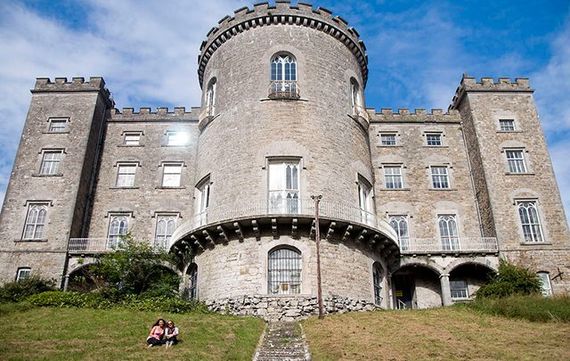
Slane Castle, County Meath.
Today, Slane Castle is owned by Lord Henry Mount Charles, the eighth Marquess Conyngham, and his wife, Lady Iona. They live nearby in Beauparc, so the responsibility of the day-to-day running of the estate has been left in the capable hands of their son, Alex, along with his wife, Carina.
No matter how often I visit Slane Castle, I am always rendered speechless - and for good reason. Some of Ireland’s most distinguished architects were instrumental in the castle’s design and subsequent restorations, including James Wyatt and James Gandon, who also created some of Dublin’s most iconic landmarks, such as the Custom House and the Four Courts. Francis Johnston was responsible for the dramatic gothic gates on Mill Hill.
In 1991, a fire devastated the castle’s interior, but the subsequent restorations appear seamless. Highlights include the colourful Drawing Room and the Gothic Revival Ballroom, created for former guest King George IV of England, who stayed here in 1821. I’m told that he was romantically involved with the then lady-of-house, Elizabeth - the first Marchioness Conyngham. His portrait looms over the decorative, light-filled ballroom to this day, while the bedroom he occupied is known as the King’s Room.
This article was originally published in Ireland of the Welcomes magazine. Subscribe now!
Music royalty
Since that red-blooded monarch’s visit, Slane Castle has continued to welcome royalty - notably music royalty. From 1981, it has doubled as one of the world’s most famous concert venues. Hundreds of thousands of music lovers - including yours truly - have descended onto the grounds to sing along to U2, The Rolling Stones, Eminem, Guns N’ Roses, Queen, REM and Madonna.
Slane Concert is held most years on the grounds of Slane Castle near Slane, Co Meath.
“This August, we are celebrating the 40th anniversary of Slane Castle’s first concert,’
Maurice Shiels, Sales and Marketing Manager, tells me. “It was headlined by Thin Lizzy with U2 as one of the support acts.”
Wedding and Events Manager Jemma Smith adds that there are many plans to celebrate this landmark anniversary, including a campaign named ‘Some Memories are Louder than Others’.
“We want to unite past concert-goers by allowing them to share their memories and experiences from Slane concerts throughout the last 40 years,” she says, noting that if ever there were a time for the world to be brought together, it’s now.
Irish people can often forget how renowned this concert venue is, but Maurice and Jemma mention that they receive visitors from across the world - including America, Germany and China - who are fully aware of the castle’s robust musical heritage. And it’s not just outside where sweet music is made; Maurice reports that U2 recorded their 1984 album, The Unforgettable Fire, inside the castle. If walls could talk...
Rock n' roll
Music aside, Maurice describes how keen Alex and Carina are to develop eco-tourism - this commitment is illustrated by the popular Rock Farm, a glamping facility located on the estate. Here, nature enthusiasts are surrounded by fields of barley, agroforestry, cows, chickens and horses. Every Thursday, an organic farmers’ market takes place.
View this post on Instagram
“Sustainability, biodiversity and conservation are crucial to Alex and Carina,” Maurice says. “At Rock Farm, guests can stay in yurts, bell tents, shepherd’s huts, lime houses and straw-bale cabins. It’s a once-in-a-lifetime experience.”
When it comes to dining options on the estate, COVID has certainly proven challenging
for Slane Castle. Their two indoor restaurants - Browne’s Bar and Gandon Room - have sadly been shut due to restrictions, but, on the grounds, they have a delightful food truck, the Silver Fox, managed by Roots at Slane, where visitors can savour the tastes and flavours of the Boyne Valley. Maurice mentions additional plans for outdoor dining over the summer months, including the Royal Marquee in the courtyard.

Are you planning a vacation in Ireland? Looking for advice or want to share some great memories? Join our Irish travel Facebook group.
Cheers!
Another key feature in Slane Castle is their newly opened distillery, housed within the 250-year-old stables. Using local ingredients - including water and barely - three different types of Irish whiskey are made on-site: Malt, Grain and Pot Still.
Slane Whiskey is owned by Brown-Forman Corporation - the company responsible for Jack Daniel’s - in partnership with the Conyngham family. In four short years, it has enjoyed great success, winning a wealth of awards. It is uplifting to hear that Brown-Forman is continuously investing in the local community - and as I leave the castle to enjoy the other attractions in the village, it quickly becomes evident that the solidarity amongst the people of Slane is second to none.
Community spirit
I call into the tourist office - located beside the village’s famous octagonal square that features a quartet of near-identical Georgian mansions - and chat to staff members Gráinne Russell and Carol O’Rourke. Gráinne, an accomplished artist, tells me that there are at least 40 community organizations in the village, ranging from Tidy Town committees to football clubs.
“That’s what special about Slane, for such a small village, it has an enormous community spirit,” she says before revealing an anecdote about my next stop: the Francis Ledwidge Museum where the World War One poet was born. When this labourers’ cottage came up for sale in the 1970s, the villagers rallied together, raising money to purchase it for £7,000.
“All the furniture there was donated by local people, including my granny, Theresa Breslin. There’s nothing the people of Slane wouldn’t do for the community and to celebrate and protect our heritage.”
These claims are evident when, minutes later, I arrive at the charming museum. They are currently in the middle of another fund-raising drive for some essential restoration work, and in the short time that I’m there, two locals drop by with €500 donations.
“This museum has always been funded and supported by the community,” tour guide Paul Mongey tells me. “We are very proud of Francis Ledwidge and want to honor his work and short life.”
Born in Slane from humble beginnings, Ledwidge’s love of nature, which featured heavily throughout his work, resulted in the moniker, ‘the Poet of the Blackbirds’. You only have to glimpse the surrounding landscape to understand why he was so captivated. After leaving school as a teenager, Ledwidge worked in various manual labor positions while developing his skills for poetry. Recognizing his talents, Lord Dunsany became his mentor, introducing him to the literary scene.
Even though Ledwidge had developed a strong reputation for his nationalist views, in 1914, he joined the British Army, believing that everyone should play their part towards freedom. He argued: "I joined the British Army because she stood between Ireland and an enemy common to our civilization, and I would not have her say that she defended us while we did nothing at home but pass resolutions".
Sadly, three years later, 29-year-old Ledwidge was killed on the first day of the Battle of Passchendaele by a German shell. He is buried there.
“Francis is probably not as well known in the world as he should be,” Paul says, listing Lament for Thomas MacDonagh, Soliloquy, and The Blackbirds as some of the poet’s most famous works. “In saying that, we get tourists from America, London and Japan - he has wide appeal, not only because of his poetry and role during the war but also thanks to his work as an active trade unionist.”
Paul notes that the poem, In Memoriam – Francis Ledwidge, written by Nobel-prize-winning poet Séamus Heaney, also proved helpful in introducing Ledwidge to a new audience, while the extensive commemorations marking the centenary of his death further helped celebrate his legacy.
“In 2017, Ledwidge finally received state recognition,” Paul says, revealing that Slane welcomed then Minister for European Affairs, Helen McEntee - the guest of honor at a State commemoration in the beautiful, flower-strewn gardens behind the museum. A statue created by local artist Liam O'Broin was also unveiled in the village.
A saintly hill
Another well-known figure associated with Slane is a Welshman, who has since become synonymous with Ireland after bringing Christianity here: Saint Patrick.
On the Hill of Slane, which towers 158 meters above the verdant countryside, our national saint is said to have lit a Paschal fire in A.D. 433. This act angered the High King Laoire, a pagan, who had forbidden all other fires while a festival fire was burning on the Hill of Tara, some 16 kilometers away. However, it is thought that Laoire was so impressed by Patrick's devotion to Christianity that instead of reprimanding him, he allowed the missionary to continue his work.
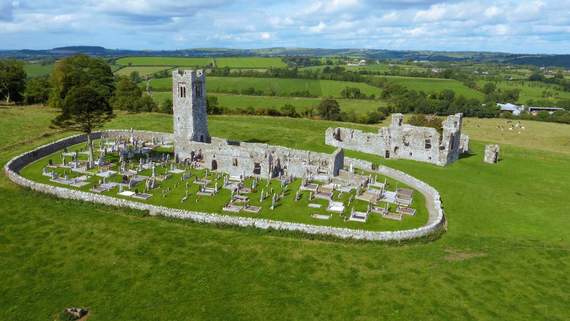
Hill of Slane, County Meath.
Today, the ruins of a college and Franciscan friary - once a monastery founded by Saint Erc - remain, along with standing stones and a motte. In mythology, the Hill of Slane was said to be the burial place of a Fir Bolg king called Sláine - hence the village’s name.
Beside the Hill of Slane is Littlewoods Forest, which Gráinne from the tourist office singles out as her favourite place in the village. In fact, outdoor trails and routes are abundant in the area. Slane Castle is launching a new walking trail this summer, while the majestic Ramparts Walk, which follows the towpath along the Boyne River, has been favoured by walkers for many years and includes stunning views of Stackallen weir, the castle and the 18th-century mill, which was once the largest flour mill in the country.
Such is its singular beauty, Slane is a village that demands robust eye-sight - and if your optical prowess is diminishing, be sure to visit here during Heritage Week in mid-August. On 15 August - the feast of Our Lady's Assumption - a mysterious holy well, hidden within the grounds of Slane Castle, is said to produce waters that cure sore eyes. The Lady Well Fete, held here, is like stepping back into times past, and this year, Maurice tells me that the castle has “exciting plans” in place.
They say good things come in small packages; Slane village is undoubtedly a testimony to that.
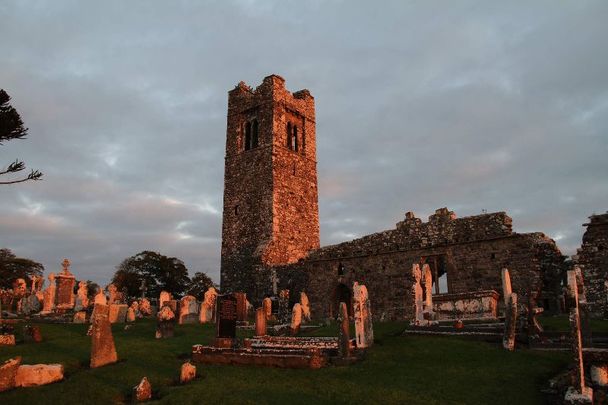
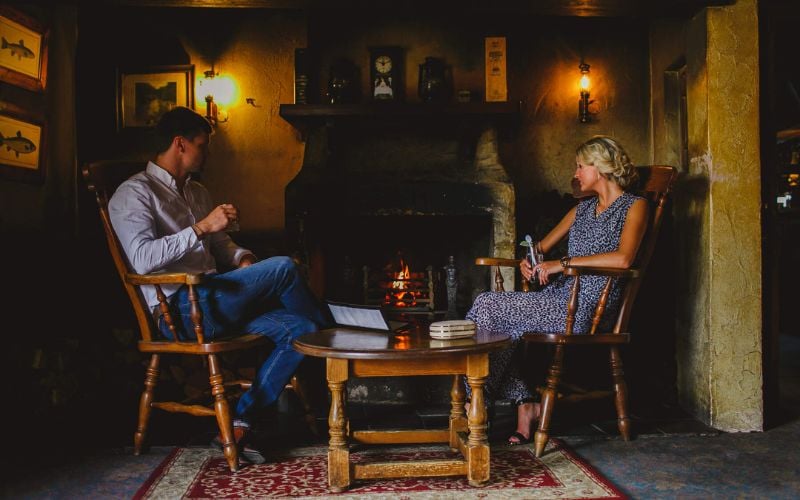
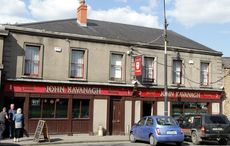
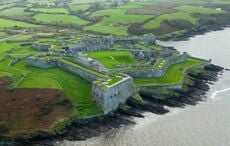
Comments